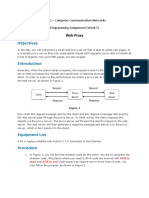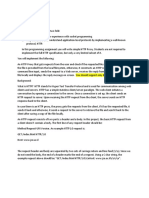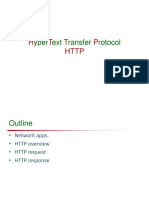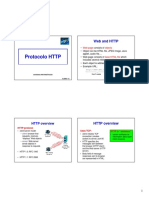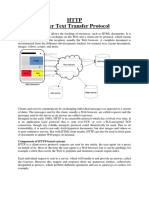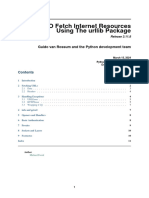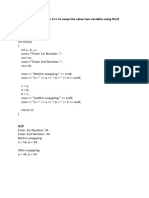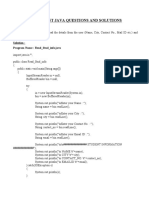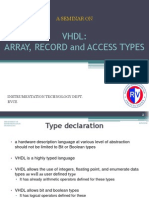0% found this document useful (0 votes)
7 views21 pagesHTTP Request Analyzer
The document is a laboratory project report for a B.Tech degree in Cyber Security, detailing the design of an HTTP Request Analyzer, a proxy tool that captures and explains live HTTP traffic. It outlines the project's objectives, system design, technology stack, and includes a program example, advantages, limitations, and future enhancements. The tool aims to aid web developers and security analysts by providing a lightweight, educational means to understand HTTP communication.
Uploaded by
yasanishithaCopyright
© © All Rights Reserved
We take content rights seriously. If you suspect this is your content, claim it here.
Available Formats
Download as PDF, TXT or read online on Scribd
0% found this document useful (0 votes)
7 views21 pagesHTTP Request Analyzer
The document is a laboratory project report for a B.Tech degree in Cyber Security, detailing the design of an HTTP Request Analyzer, a proxy tool that captures and explains live HTTP traffic. It outlines the project's objectives, system design, technology stack, and includes a program example, advantages, limitations, and future enhancements. The tool aims to aid web developers and security analysts by providing a lightweight, educational means to understand HTTP communication.
Uploaded by
yasanishithaCopyright
© © All Rights Reserved
We take content rights seriously. If you suspect this is your content, claim it here.
Available Formats
Download as PDF, TXT or read online on Scribd
/ 21






